Bahamas Chatter: “More Advice Concerning Aid to The Bahamas” plus 3 more
Bahamas Chatter is produced by Explorer Chartbooks, A CRUISERS NET PARTNER, which has long been the standard navigational supplement for enjoyable, informative, and safe cruising through the beautiful Bahamian waters and island visits.
Bahamas Chatter: “More Advice Concerning Aid to The Bahamas” plus 3 more
More Advice Concerning Aid to The Bahamas
Posted: 04 Sep 2019 02:03 PM PDT
From an authority in Port St. Lucie:
I know a lot of yachts are planning to make a trip with supplies and to help out in The Bahamas. I am not going to list the reasons you should wait before going, but as a former USCG first responder to hurricane areas and on the ground during Lenny and Marilyn I will tell you what I learned.
Currently, they are in rescue mode. It will take some time before supply stations are set up and the locals know where to go to get supplies. Trust me, right now it is in total chaos mode. It’s going to be a grab all you can and run. Unfortunately, this gets ugly, and you better be prepared for that.
The best thing you can provide from a yacht with power and a galley is food. Hot food, and lots of it. In Lenny we were feeding 30 people a day and housed about 25. We had children sleeping on the salon floor, sofas, on deck, basically anywhere.
Unfortunately, when people get desperate things take a really bad turn.. This will include weapons. You better be prepared for anything. It gets really dark at night with no power.
You will find out very quickly that inlets have shoaled over or shoals have completely moved. A 10 ft channel is now 4 ft. The water will be a poop brown and you will be unable to see anything just under the water. Engines will overheat with the mud in the cooling systems; watermakers are not usable.
People are going to want to use your communications system to call loved ones, your power to charge phones.
The amount of supplies you can fit on a yacht is nothing compared to a container drop. It will be up to you to get supplies ashore and somehow secure them. This will not be easy or safe. Again, locals are in rescue mode, not let’s get these supplies ashore mode.
I can go on and on but my feelings are if you are going to go over, from my experience, the thing I saw the most (that a yacht can provide) was the problem of food and water. A hot meal is a great moral booster. If a yacht can take up station and crank out 100 grilled cheese sandwiches at lunch and dinner time and walk around and hand them out, I think this would be a great help.
Again, The Coast Guard and British Navy are in rescue mode, saving lives mode. It’s best to stay out of their way until they get the area stabilized.
And I’ll be clear on this point. I think you should wait until the pros have the situation under control.
Advice on Traveling to Abaco
Posted: 04 Sep 2019 01:58 PM PDT
From a property-owner in the Abacos:
Those of you attempting to make trips with supplies, etc, to the Abacos, please be cautious! We have heard reports that Marsh Harbour is deteriorating, people are looting and it appears to be dangerous. Please wait to come until we are sure that law and order is restored. Not to mention the conditions you would be going into- intense heat, mosquitos, insufficient shelter, etc. We don’t want anyone else’s life endangered. The coast guard is saying that no one should come at this time.
Donations for Green Turtle Cay Hurricane Relief
Posted: 04 Sep 2019 06:40 AM PDT
We will continue to post ways for you to help with hurricane relief in the Bahamas. Here is a link for aid to Green Turtle Cay, Abaco:
https://www.gofundme.com/f/green-turtle-cay-hurricane-dorian-relief-fund
How to Help The Bahamas
Posted: 04 Sep 2019 03:56 AM PDT
So many have asked how they can help send needed aid to the devastated areas of The Bahamas. This excerpt from the New York Times provides some suggestions:(We have no personal recommendations and ask you to do your own investigation. We will continue to provide other sources for your giving as they become known to us.)
Monty and Sara Lewis
“Several organizations are working in the Bahamas:
The Red Cross has 200 volunteers in the Abaco Islands and Grand Bahama. Shelter, food, water, medicine and communications are the most urgent needs, said Stephen McAndrew, the deputy director for the Americas of the International Federation of Red Cross and Red Crescent Societies.
“All shelter materials are going to be highly needed,” he said. “We know that there will be a need for psychological support. That will continue.”
Global Giving has established the Hurricane Dorian Relief Fund to provide emergency supplies and long-term assistance to help in rebuilding.
World Central Kitchen, set up by the chef José Andrés, provides food to people after natural disasters. Mr. Andrés and a relief team have arrived in Nassau, the capital, and have begun to identify places where they can set up kitchens on the affected islands.
HeadKnowles is a Bahamian organization that organized relief operations during Hurricane Matthew in 2016 and Hurricane Joaquin in 2015. They have set up a site through Go Fund Me.
Yacht Aid Global has set up “Operation Topaz” to bring emergency supplies like food, tarps, hygiene kits and medicine to Grand Bahama and the Abaco Islands. The organization works with yachts in the region to coordinate support.
Team Rubicon, an organization of military veterans that provides disaster relief, is in the Bahamas.”



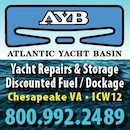
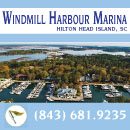
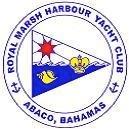

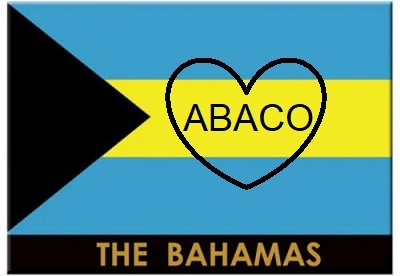









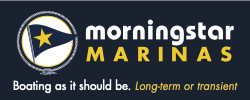
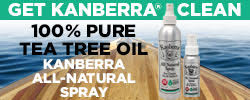

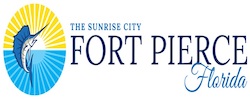
Be the first to comment!